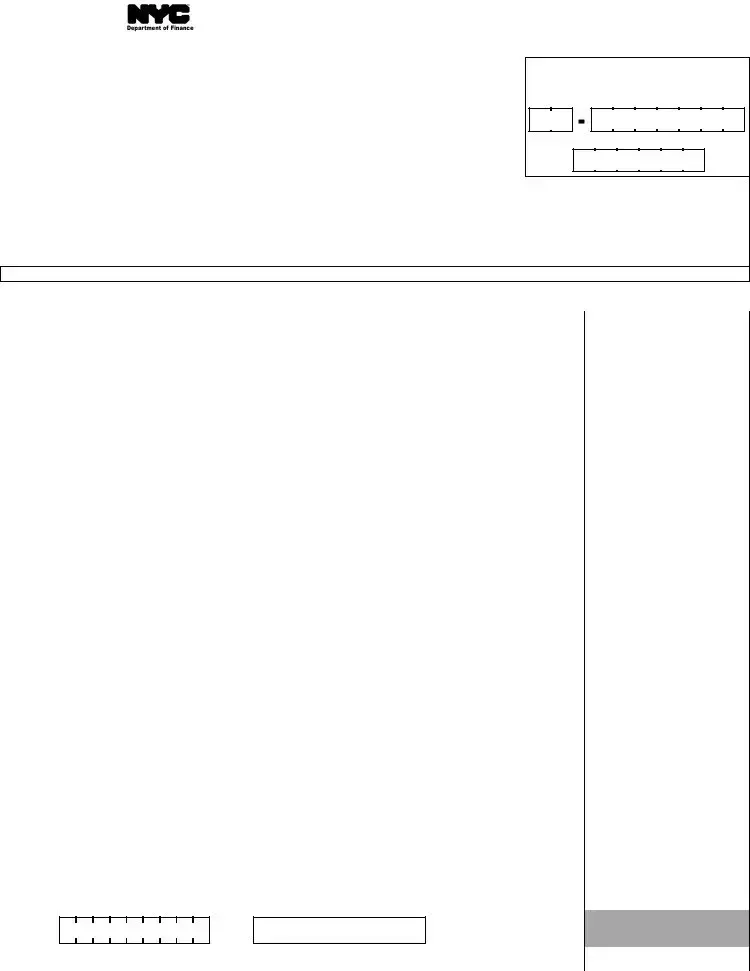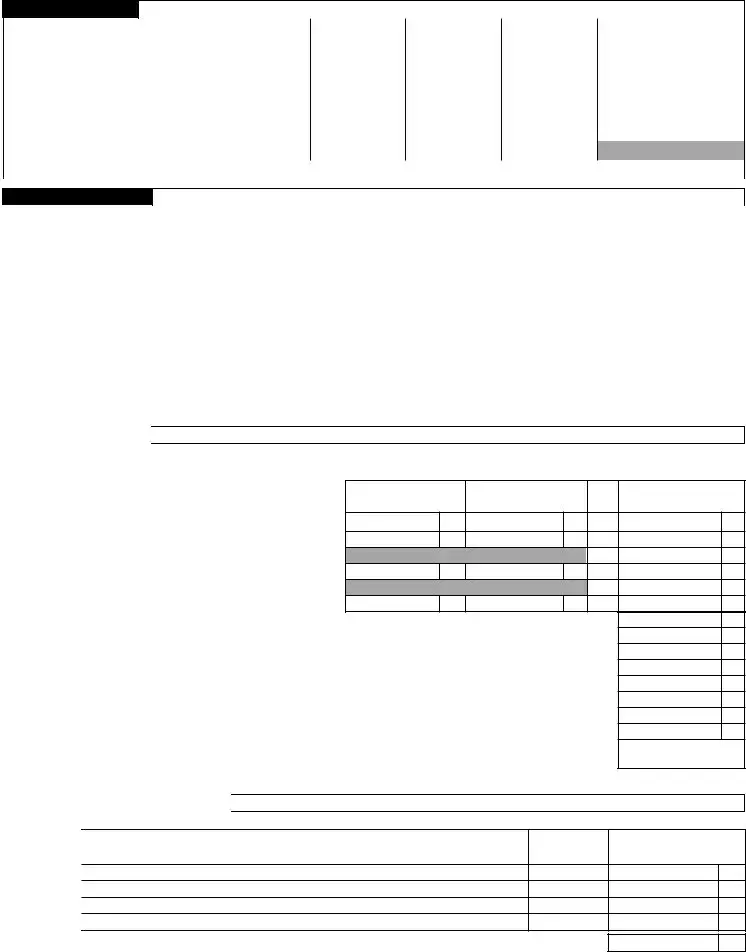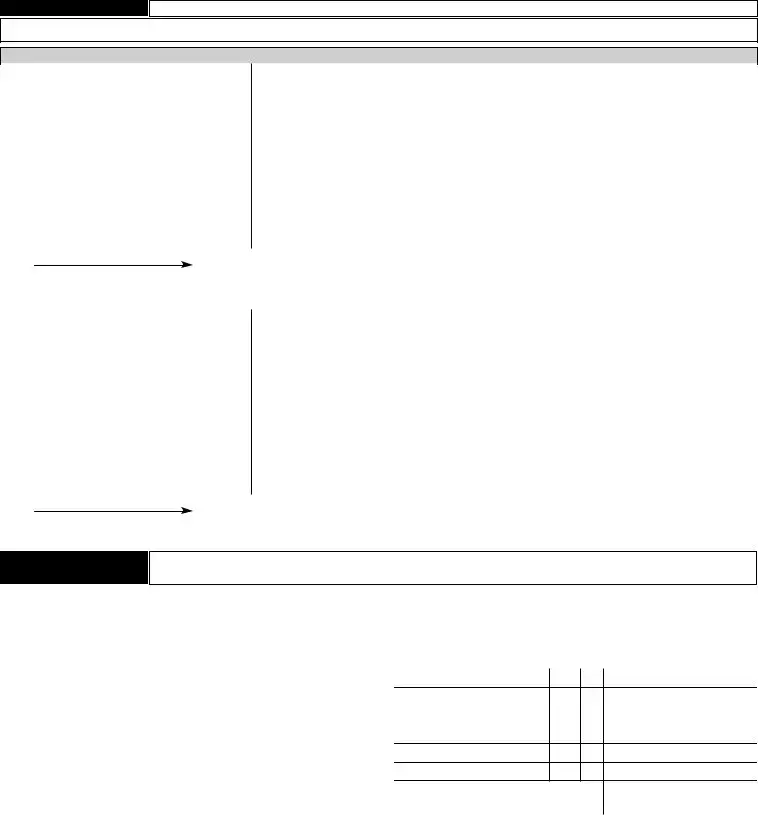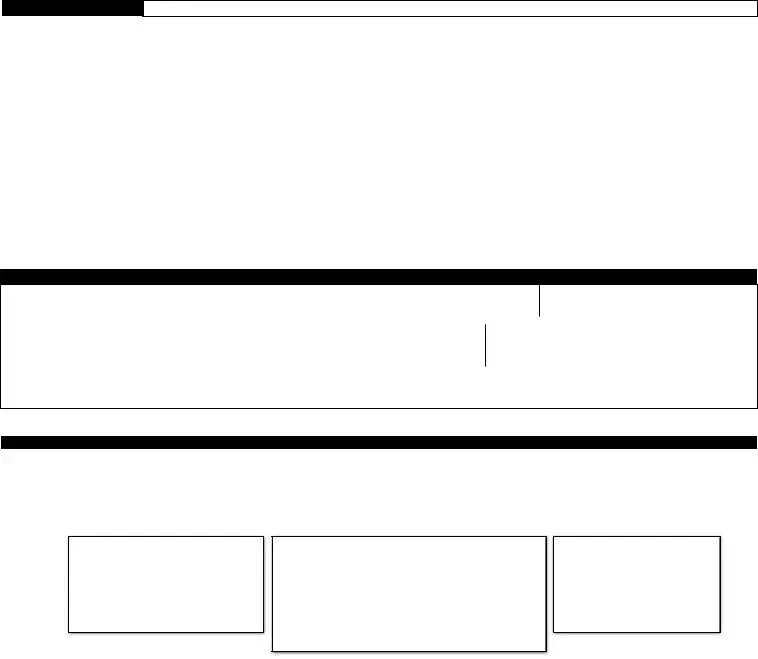The NYC 3L form, focused on General Corporation Tax Return for S Corporations within New York City, shares similarities with the IRS Form 1120S, utilized on a federal level. Both documents are designed specifically for S Corporations, detailing income, losses, deductions, and credits to determine the entity's tax liability. The fundamental purpose of these forms is to ensure the accurate reporting of financial activities within the specified tax year, thereby calculating the tax dues or refunds appropriately. They also accommodate deductions and credits unique to S Corporations, reflecting the distinct tax treatment these entities receive under the law. Furthermore, they provide spaces for reporting payments and prepayments, which are integral to settling the corporation's tax obligations efficiently.
Comparable to the NYC 3L form is the Schedule K-1 (Form 1120S), an essential document for reporting a shareholder's share of income, deductions, and credits from an S Corporation. While the NYC 3L form compiles the overall tax information for the corporation within New York City, the Schedule K-1 is vital for individual shareholders to report their share of the corporation's income or loss on their personal tax returns. This delineation is crucial as it allows the IRS and state taxing authorities to ensure that the income reported by the S Corporation is accurately reflected in the income of the shareholders, maintaining the flow-through taxation principle that underpins S Corporations. Additionally, like the NYC 3L, the Schedule K-1 includes specifics on various types of income and tax deductions that are critical for accurately determining each shareholder's tax liability.
Another document that shares similarities with the NYC 3L form is the Form NYC-2, meant for C Corporations filing within New York City. While targeting a different classification of corporations, both forms serve as a means to report income, calculate tax liability, and outline payment information specific to their operational framework within the city. The primary difference lies in their applicability—NYC-2 addresses the tax responsibilities of C Corporations, subject to double taxation (on both corporate earnings and shareholder dividends), as opposed to the single-level taxation applicable to S Corporations via the NYC 3L form. Despite this distinction, both forms necessitate detailed financial disclosures and support the accurate imposition of taxes based on the corporation’s economic activities in New York City.
Furthermore, the NYC 3L form mirrors the function of the Form 1040 Schedule C used by sole proprietors and single-member LLCs on a federal level. While the latter is used by individuals to report profits and losses from a business they solely own, both documents share the underlying goal of assessing tax based on business income. They require detailed income statements, expense reports, and the calculation of net profit or loss to determine the taxable amount. Though serving different types of business entities, each form plays a critical role in the fiscal compliance and tax planning of the entity it’s designed for. This ensures that whether a business operates as a sole proprietorship or an S Corporation, there exists a structured process for tax reporting and payment in alignment with legal requirements.











